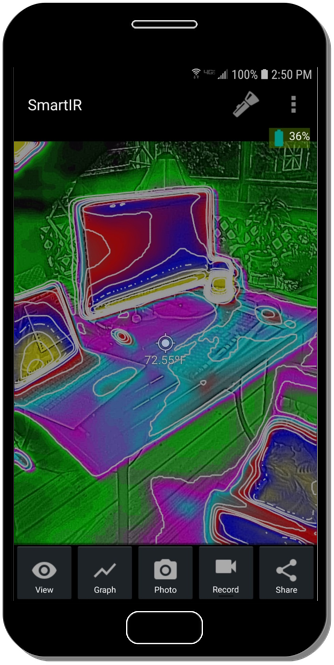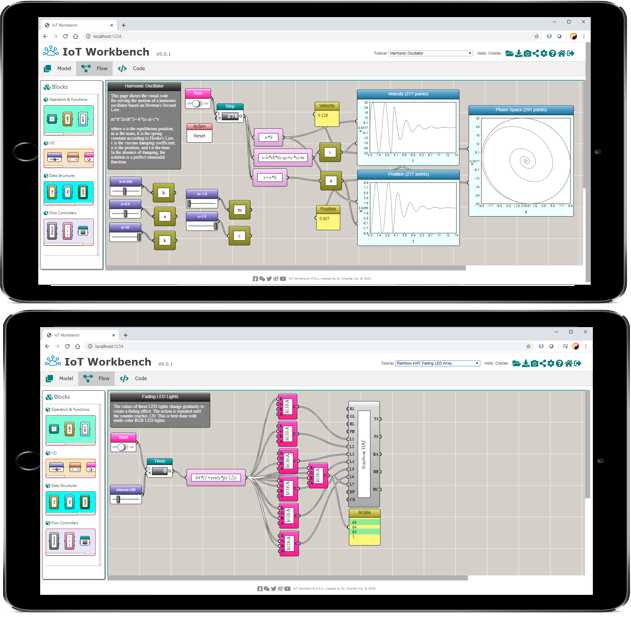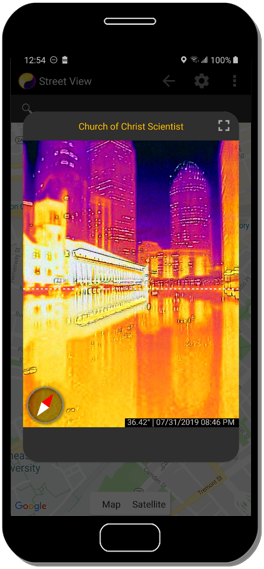About Me
I am a physicist, a computational scientist, an inventor, and an educator
with a passion to explore how research tools and methods developed and used by scientists and engineers can be harnessed as effective learning
tools to meet pressing challenges in science, engineering, and technical education to solve critical social and environmental problems.
As research and education share the same goal of understanding how the world works and finding solutions to build a better world,
there is no reason that a research tool built for diverse applications cannot be used to educate, inspire, and empower people in diverse settings.
|
|
News
Aladdin: Building Energy and Renewable Energy Design and Simulation in the Browser(February 10, 2023) I am proud to annouce that you can now conduct sophisticated building energy and renewable energy design, simulation, and analysis in your browser with the Aladdin software! Aladdin has been under active development from scratch based entirely on the React Framework since August 2021. It is also equipped with AI algorithms for searching and optimizing engineering design solutions. |
|
Making Computational Thinking Visible(May 1, 2022) iFlow is a conceptual computation environment that I am developing to bring flowcharts (the architecture of computer code independent of any programming language) to life for visualizing computational thinking. The long-term goal is to support conceptual coding for a variety of difficult tasks in math, science, and engineering. iFlow is also being used by Spelman College to introduce computational thinking to college students. |
|
Infrared Street View Comes into Sight(October 22, 2019) The National Science Foundation awarded us $500,000 in 2018 to explore possibilities to crowdsource the Infrared Street View through a citizen science project that aims to promote science education and raise public awareness of energy efficiency. After more than a year of hard work, I have developed my own thermal imaging app based on the low-cost FLIR ONE camera and managed to move this vision closer to reality. The screenshot image to the right shows the Infrared Street View rendered on a smartphone (click the image to view the Web-based version). Apart from viewing the thermal images that we have collected on the East and West Coasts to discover interesting thermal phenomena, the smartphone-based app can also be used by anyone to make such panoramic street views anywhere in the world. For more information, check out my recent presentation. |
|
Digital Twins Born(March 14, 2019) Digital twin technology is the core of cyber-physical systems that drive Industry 4.0. I have started tapping into the potential of using digital twins to create a development platform that aims to simplify the learning and application of the Internet of Things (IoT) to bring its power to more people. A digital twin of the Rainbow HAT (hardware attached to the top) for the Raspberry Pi has been created in the cloud to enable real-time state synchronization over the air. For more information, see my blog article. |
|
JUMP Innovation Challenge for Smartphone Applications for Energy Efficiency(October 5, 2016) The National Renewable Energy Laboratory (NREL) and CLEAResult announced the grand prize winner in the JUMP Call for Smartphone Innovations during their Energy Forum in Austin, Texas, which was attended by more than 200 utility executives and industry representatives. The winner was our Infrared Explorer — a smartphone app to create an infrared street view similar to the Google Street View but in infrared light. |
|
Keynote Address at InfraMation(November 6, 2012) I was invited by FLIR Systems to deliver a 45-minutes keynote speech at the Opening Plenary of InfraMation, the world's largest conference on infrared imaging. I presented several original scientific discoveries based on IR imaging, proposed the concept of educational imaging, and suggested business strategies for the education market. The presentation was very well received. I was glad to see that my contributions to applied IR imaging had been recognized by the industry. |







